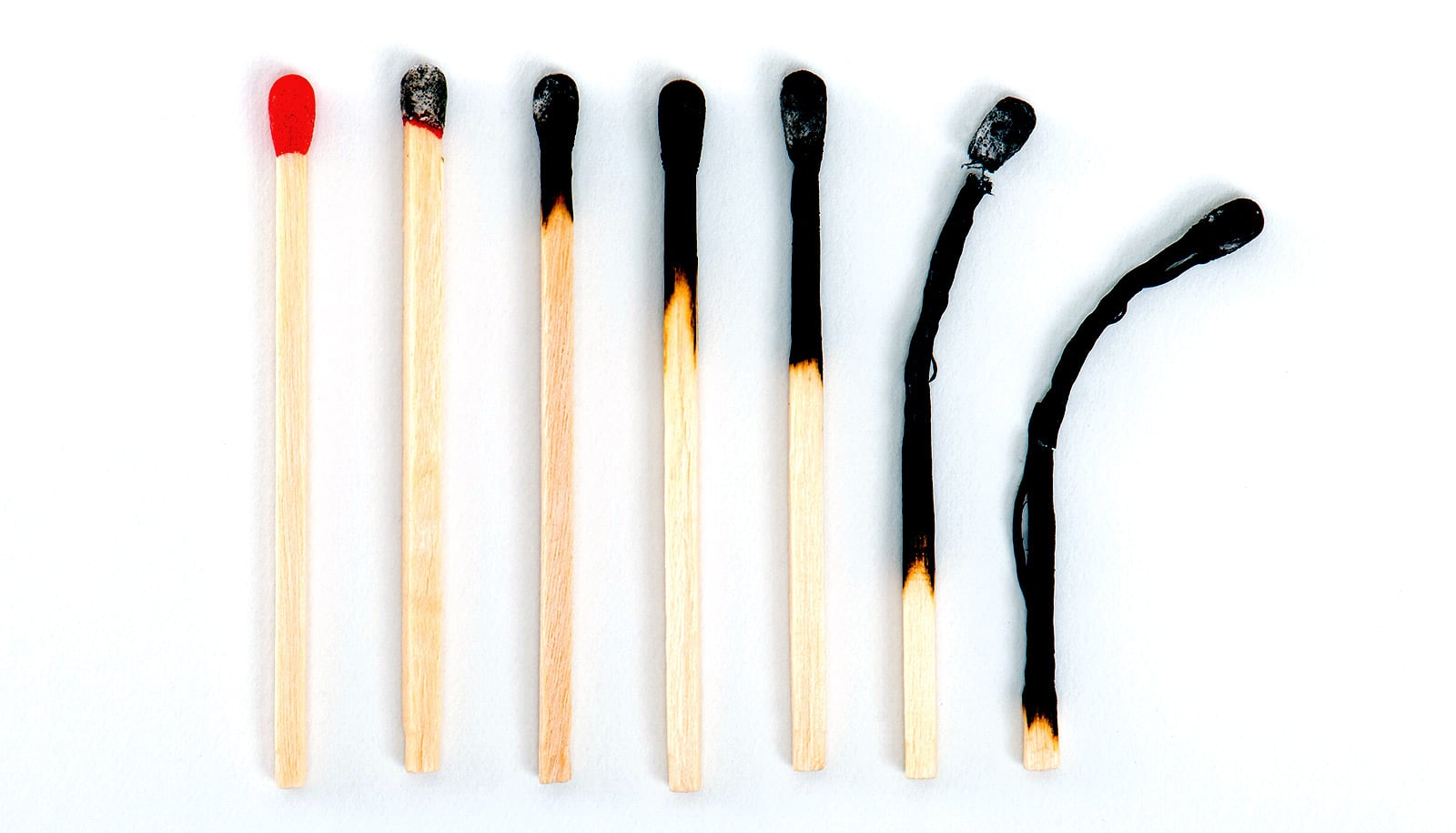

You might be tired of your nine-to-five, but are you actually experiencing burnout? An expert breaks down how to tell and what you can do about it.
After two years of extraordinary stresses and pressures—and way too many back-to-back Zoom calls—many American employees are exhausted and heading for the exit door. A 2021 American Psychological Association study found 79% of workers had experienced job-related stress in the past month.
And, according to Willis Towers Watson’s 2022 Global Benefits Attitudes Survey, many are voting with their feet, walking away from their jobs and shaking up their careers: 44% of the nation’s workers are actively seeking new jobs or thinking about a fresh start. The media has called it the Great Resignation.
Organizational psychologist Constance Noonan Hadley believes workplace culture could be a factor in declining worker health and the mass exodus. “Loneliness and burnout—both before and during the COVID-19 pandemic—are key drivers of the Great Resignation,” she says, “or Great Rethinking, as I like to call it.”
Hadley, a Boston University Questrom School of Business lecturer in management and organizations, points to a new study from Microsoft that surveyed 31,000 people across 31 countries, revealing that 55% of hybrid employees—those mixing working at home and in an office—and 50% of all-remote employees reported feeling lonelier at work than before the pandemic.
“The evidence is there that people are tired of feeling disconnected and burned out, and they are seeking a more balanced and health-forward work situation,” says Hadley.
Here, Hadley shares some research-based techniques to identify workplace burnout and loneliness—and ways for individuals and businesses to address them:
The post Are you tired of your job or is it actually burnout? appeared first on Futurity.